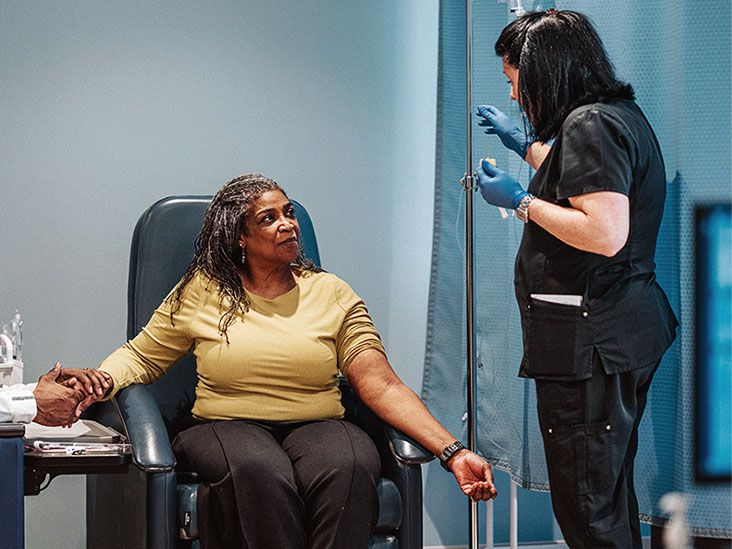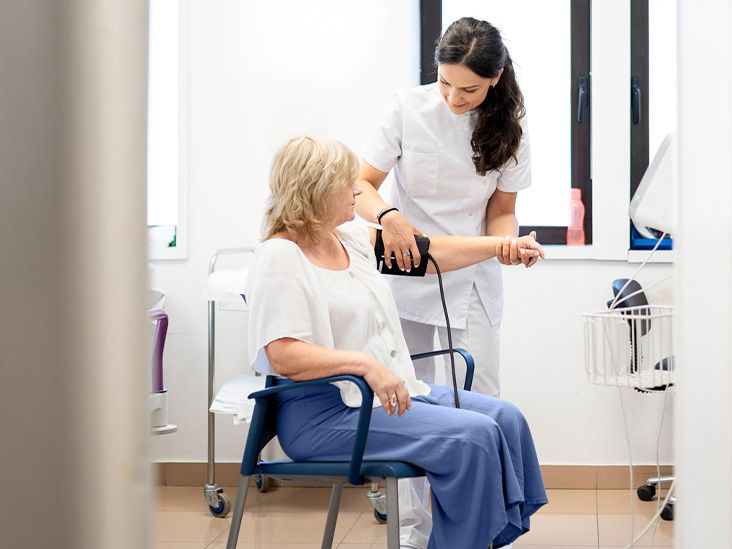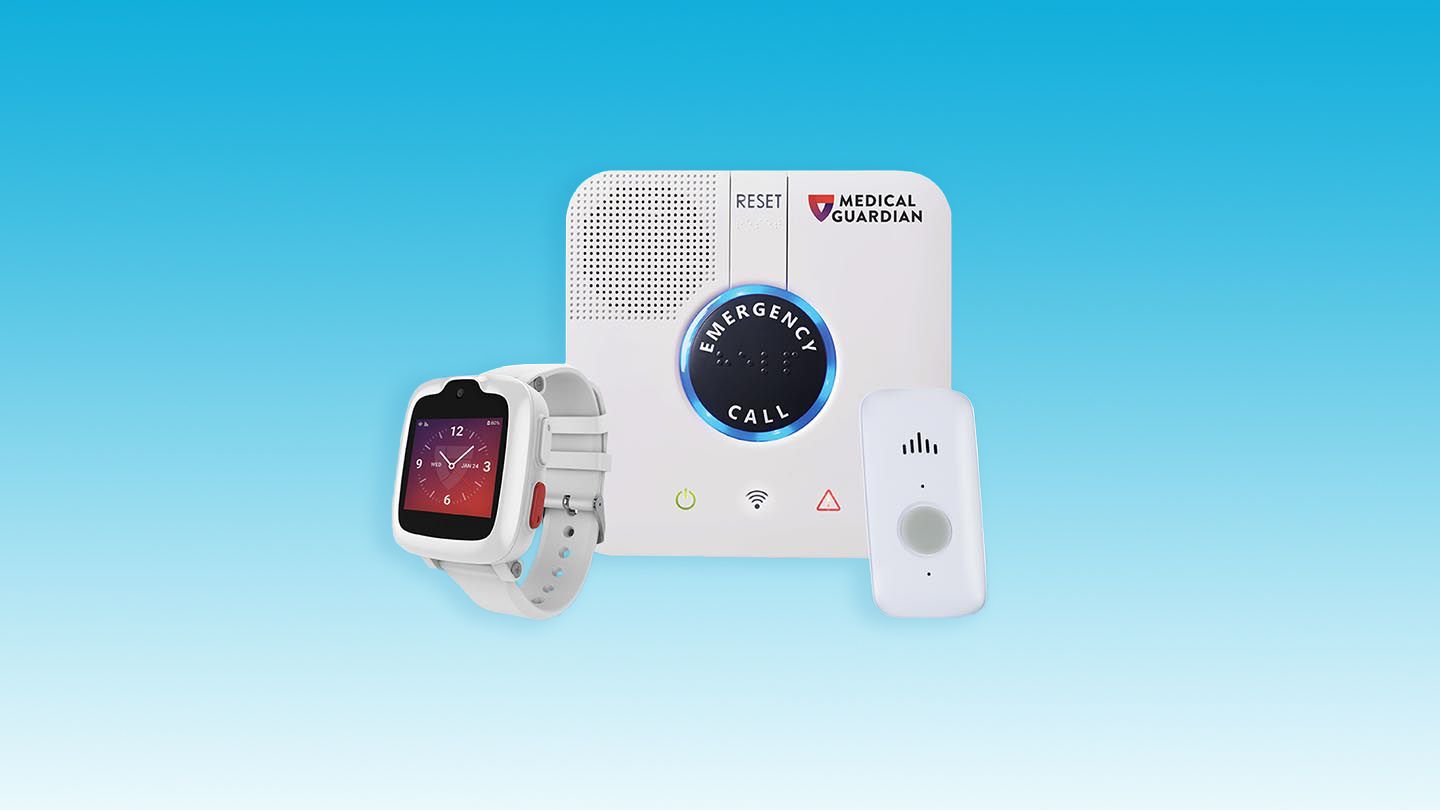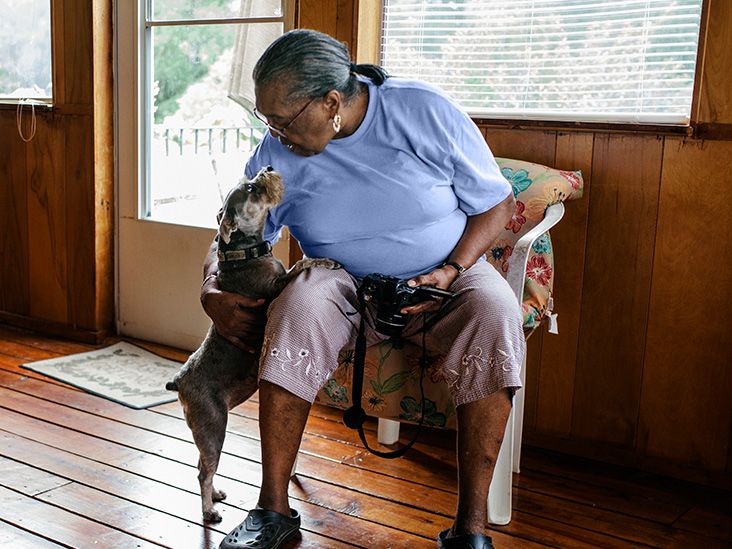Let's be honest when you think of exercise, you might picture intense workouts that leave you drenched in sweat and questioning your life choices. But here's the beautiful truth: staying active doesn't have to mean punishing your joints or pushing yourself to the breaking point, especially as we get older.
I know what you're thinking. "But I'm not as young as I used to be." Trust me, I hear you. The good news? Low impact exercises are like a warm hug for your body they deliver all the heart-pumping, muscle-building benefits without the aches and pains that can sideline you.
Whether you're just dipping your toes back into fitness after years away or you've been looking for gentler alternatives, these workouts are your ticket to feeling stronger, more mobile, and genuinely energized. No more white-knuckling through pain or feeling like exercise is a punishment. Let's explore what makes these gentle movements so powerful.
Understanding Low Impact Movement
So what exactly makes an exercise "low impact"? Think of it this way: low impact activities are like dancing through life rather than marching through it. These movements don't require both feet to leave the ground at the same time, and they avoid those jarring stops and starts that can stress your joints.
Compare running where each foot strike sends shockwaves through your knees and hips to walking, where at least one foot stays connected to the ground. That's the difference we're talking about. It's like choosing between jumping off a curb and stepping down gracefully.
You're probably already doing some low impact activities without realizing it. Walking your dog? Check. Gardening? Absolutely. Taking the stairs instead of the elevator? Yep, that counts too. But when we're intentional about it, these gentle movements become powerful tools for maintaining our health and independence.
As a trainer with Kaiser Permanente explains, "Low-impact exercises give you a great opportunity to move every day and reduce injury risk." Now that's what I call smart fitness!
Why These Workouts Matter for Us
Here's where it gets really exciting the benefits of low impact exercises for seniors go way beyond just being easier on your joints. While protecting your knees and hips is certainly a major perk, these gentle movements are delivering a full-body boost that can transform how you feel day to day.
Let's talk about your joints for a moment. If you're dealing with arthritis, osteoporosis, or just the general wear and tear that comes with age, low impact exercises are like armor. They strengthen the muscles around your joints without putting them through unnecessary stress. It's like building a supportive structure around something precious.
Your heart gets in on the action too. These workouts keep your cardiovascular system ticking along nicely, helping to prevent heart disease and keep your energy levels up. No more feeling winded just climbing a flight of stairs these movements help you build that endurance gradually and safely.
Then there's the muscle and bone thing. As we age, we naturally start losing muscle mass and bone density it's just part of the process. But here's the kicker: regular low impact exercise can slow this down significantly. We're talking about maintaining the strength to carry groceries, play with grandchildren, or just get up from your favorite chair without thinking twice about it.
And let's not forget about balance and flexibility. These often-overlooked benefits can be game-changers. Better balance means fewer falls, which means more independence. Improved flexibility means reaching for that top shelf item or bending down to play with your dog without that "oh no, not again" feeling.
But here's something that might surprise you the mental and emotional benefits are just as important. When you move your body regularly, even gently, you're giving your brain a boost too. Stress melts away, anxiety lessens, and that sense of accomplishment you get from sticking with a routine? Priceless.
I've seen it happen time and time again. People who start with just ten minutes of movement a day find themselves looking forward to that time, using it as their daily moment of peace. Some find social connections through group classes or walking clubs and let me tell you, those friendships built around shared movement goals are some of the strongest I've seen.
Our Top 6 Gentle Workouts
Ready to dive in? Let me walk you through six fantastic low impact exercises that have changed lives including my own. These aren't just random suggestions; they're tried-and-true movements that work beautifully for people at all fitness levels.
Walking: Your Gateway to Fitness
If there's one exercise I recommend to absolutely everyone, it's walking. It's the ultimate democratizing activity no special equipment, no memberships required, and you can do it literally anywhere. Whether it's around your neighborhood, in a park, or even just pacing around your living room, walking is accessible to everyone.
Don't underestimate its power though. A brisk walk gets your heart rate up, works your leg muscles, and can be adapted to whatever intensity feels right for you. Want to challenge yourself? Try incorporating gentle inclines or short intervals where you pick up the pace. The key is making sure you have good footwear your feet will thank you for the investment.
I love sharing the story of one of my friends who started with just 2,500 steps during a 30-minute YouTube workout at home, and now she's exploring local trails with her walking group. The transformation wasn't just physical she found her confidence growing with every step.
Swimming: Like Being Weightless
Have you ever noticed how effortlessly you move in water? That's the magic of swimming the buoyancy supports your body weight, taking pressure off your joints while still providing resistance to build strength.
Swimming works your entire body without the pounding. Different strokes target different muscle groups, so you're getting a well-rounded workout. And for those dealing with chronic pain or recovering from injury, the water's support can make movement possible again.
I know someone who was told they couldn't exercise due to severe arthritis, but swimming changed everything for them. They went from barely being able to walk across a room to completing lap after lap. The water became their sanctuary and their strength-building playground.
Cycling: Your Legs Will Thank You
Whether you're on a traditional bike or a stationary machine, cycling is incredibly gentle on the knees while still providing excellent cardiovascular benefits. You control the resistance and speed, which means you're always working within your comfort zone.
This is particularly great for building leg strength and endurance. I've watched people who were hesitant to climb stairs become confident cyclists, their leg muscles growing stronger with each session. Plus, there's something meditative about the steady rhythm of pedaling that many find deeply satisfying.
Rowing: Working Your Whole Body
Rowing might seem intimidating if you're new to machines, but it's actually wonderfully balanced you're seated (no balance concerns), and the movement is smooth and controlled. It combines cardiovascular conditioning with strength training for both upper and lower body.
The beauty of rowing is in its efficiency. In just 20-30 minutes, you're getting a workout that touches every major muscle group without the joint stress. Start slowly and focus on form rather than speed your body will adapt beautifully.
Yoga: Flexibility Meets Mindfulness
Yoga is like giving your body and mind a spa day. The improvements in posture, balance, and mental clarity are remarkable, and there are countless beginner-friendly poses that accommodate joint sensitivity.
A study from Verywell Health highlights how yoga not only improves physical flexibility but also significantly boosts mental well-being. We're talking about better sleep, reduced anxiety, and that wonderful feeling of being more in tune with your body.
Strength Training: Building Your Foundation
This is where the magic really happens for maintaining independence. Resistance bands, light weights, or even machines at a gym can help you build and maintain muscle mass that naturally decreases with age.
The confidence that comes from feeling stronger is incredible. Tasks that once seemed challenging lifting groceries, getting up from chairs, playing with grandchildren become easier. It's not just about vanity; it's about maintaining your quality of life and independence.
| Exercise | Equipment Needed | Best For |
|---|---|---|
| Walking | None | Mobility, heart health |
| Swimming | Pool access | Joint pain, full-body toning |
| Cycling | Bike or machine | Leg strength, cardio |
| Rowing | Machine/boat | Core and arms |
| Yoga | Mat (optional props) | Balance, flexibility, stress |
| Strength Training | Bands/dumbbells/machines | Bone density, muscle retention |
Playing It Safe and Smart
Let's talk about safety not because these exercises are dangerous, but because being smart about how you start makes all the difference in building a sustainable routine.
One of the biggest mistakes I see people make is trying to do too much too soon. Your body is brilliant, but it needs time to adapt. Think of starting a low impact routine like breaking in a new pair of shoes you wouldn't run a marathon on day one, right?
Warm-ups are non-negotiable. Those first few minutes of gentle movement prepare your body for what's to come and significantly reduce injury risk. I know it's tempting to skip straight to the "real" workout, but your body will thank you for those preparatory minutes.
Pay attention to how your body talks to you. There's a difference between the good kind of "working" feeling and actual pain. If something hurts, stop. It's that simple. Your body is your ally, not your enemy, and it communicates with you constantly.
Before you start, especially if you have chronic conditions like diabetes, arthritis, or heart issues, it's worth having a conversation with your doctor. Recent injuries or surgeries? Same thing. Better safe than sorry. And if you have balance concerns or experience dizziness, getting professional guidance upfront can make your journey much smoother.
As an exercise physiologist from Piedmont Healthcare points out, "Though stress on joints is reduced, benefits like heart and muscle strengthening are similar to high-impact workouts." You don't need to punish your body to get results smart consistency wins every time.
Finding Your Perfect Rhythm
How often should you be moving? Here's what the experts recommend and what works in real life. The American College of Sports Medicine suggests 30 minutes, five times per week. But let's be real consistency trumps intensity, especially when you're building a new habit.
Start with what feels manageable. Maybe that's a 10-minute walk after dinner or 15 minutes of gentle stretching in the morning. The key is showing up regularly rather than doing heroic workouts that leave you sore for days.
Rest days are your friends, not your enemies. Your body does its repair work when you rest, so don't skip those recovery periods. Think of it like charging your phone you need to plug in to have power for the next adventure.
Progress slowly but surely. If you start with 10 minutes of walking three times a week, great! A month from now, you might be up to 15 minutes, five times a week. Listen to your body's feedback and celebrate those small victories they compound into remarkable changes over time.
Mix it up to keep things interesting. Maybe walk on Mondays, Wednesdays, and Fridays, and try gentle yoga on Tuesdays and Thursdays. Variety keeps your routine fresh and works different muscle groups, giving your body the well-rounded attention it deserves.
Real Results, Real Stories
Can you lose weight with low impact exercises? Absolutely but it's about so much more than just the number on the scale. When my neighbor started with gentle walks and swimming, she didn't just drop a few pounds; she gained the energy to garden again, the strength to play with her grandchildren, and the confidence to try new activities.
Pair these movements with balanced nutrition for the best results. You don't need to overhaul your entire diet overnight small, sustainable changes work much better than dramatic restrictions that are impossible to maintain.
And yes, yoga is fantastic for seniors with joint problems. Gentle flows and chair yoga options make it accessible to everyone. Beyond the physical benefits, many people find that yoga helps with circulation and brings a sense of mental clarity that's hard to find elsewhere.
Here's a quick distinction that's helpful: low impact means some contact with the surface (think walking or cycling), while no impact activities happen in water or while seated (like swimming or tai chi). Both have their place in a well-rounded routine.
Embracing Your Journey Forward
Low impact exercises aren't a compromise they're a smart, sustainable way to stay fit as you age. Whether you're looking to ease joint pain, boost heart health, or simply feel more confident on your feet, there's a workout that fits your lifestyle and goals.
Remember, this isn't about perfection or pushing yourself to extremes. It's about honoring your body's wisdom and moving in ways that make you feel good. Start small, stay consistent, and always listen to your body. Need guidance? Talk to a healthcare provider or certified trainer who understands senior fitness.
And here's something I want you to carry with you: even 10 minutes of daily movement can make a difference. Ten minutes might not seem like much, but it's often enough to shift your energy, improve your mood, and set you on a path toward better health.
The beautiful thing about low impact exercises is that they meet you exactly where you are. Whether you're just starting your fitness journey or returning after a long break, these gentle movements can help you build strength, confidence, and a sense of vitality that carries into every aspect of your life.
What matters most is that you start. Not tomorrow, not next week today. Take that first step, do those first stretches, or simply commit to moving a little more tomorrow than you did today. Your future self will thank you, and you might just discover that feeling good is more addictive than any high-impact workout ever was.
FAQs
What are examples of low impact exercises for seniors?
Walking, swimming, cycling, rowing, yoga, and strength training are excellent low impact exercises that protect joints while improving fitness.
Can low impact exercises help with weight loss?
Yes, low impact exercises can support weight loss when combined with a balanced diet. They help burn calories while being easier on the body.
Are low impact workouts effective for building muscle?
Absolutely. Exercises like strength training and resistance work help maintain and build muscle mass, especially important as we age.
Is yoga safe for seniors with joint problems?
Yes, gentle and chair yoga can improve flexibility, reduce joint stiffness, and promote relaxation without straining the body.
How often should seniors do low impact exercises?
Experts recommend at least 30 minutes of activity five times per week, but starting with shorter daily sessions is also beneficial.
Disclaimer: This article is for informational purposes only and does not constitute medical advice. Always consult with a healthcare professional before starting any new treatment regimen.
Related Coverage
Research provides insights into changes in mind and body as death nears, including deterioration of senses and changes in breathing patterns. Theories on an afterlife consciousness are also explored....
Get the facts on IV infusions Medicare coverage, including what's covered, out-of-pocket costs, and how to find approved providers....
Science reveals fascinating insights into the physical and emotional experience of dying. Learn what happens to the body and mind at end of life....
Get clear info on Medicare Part B cost for 2025, including premiums, deductibles, and ways to lower what you pay each month....
Learn how Medical Guardian medical alert systems work, pricing, features and more. Reviews and frequently asked questions to help decide if it's the right choice....
Choosing between walkers vs canes depends on your balance, strength, and daily needs. Find the right mobility aid for you....
Navigating Medicare in South Carolina doesn't have to be difficult. Get the facts on coverage options, enrollment tips, and more....
Meet the Medicare residency rule by holding a green card for 5 continuous years. Get tips on eligibility, exceptions, and how to apply successfully....
Doing crossword puzzles and word games regularly helps maintain mental sharpness while providing physical health benefits that support healthy aging across areas like memory, mood and lifespan....
See if you qualify for Medicare grocery benefits through Medicare Advantage plans. Get food allowances to help manage your health....








